When moving from hobby to business one of the hurdles is having enough inventory. Each of us has projects that we find pleasure in turning. However, these products may not be the ones that our customers like. That is the challenge of the artisan; how to express the artistry and beauty of your work and still have products that people like to buy.
Preliminary Work
What type of turning do you like to do? Are you just starting out or are you an experienced craftsman? What you like to do and your skill level will determine what type of products you can produce.
New Turner
If you are a new turner, focus on spindle turning. Start with a spindle gouge as your shaping tool and practice with the skew chisel until your skills get better. Choose projects that are small and straight forward. Projects like Wooden Icicles and Christmas trees allow you to practice your skills and the end product doesn’t require precision turning. When you are comfortable with your skew chisel, move on to the next set of projects.
These projects are between center turning, easy to turn, and a great way to build up your inventory.
Experienced Turner
For an experienced turner all of the projects are suitable for building your inventory. However, I find if I’m away from the lathe for a period of time the simple projects are a great way of refreshing my skills. If you like bowl turning then you can select projects with a bowl component, like the Bird Feeder project. Of course regular bowls are excellent sellers as well.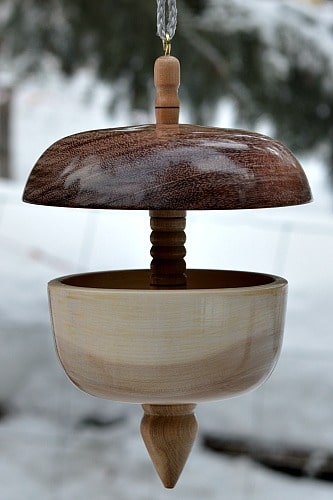
Design Considerations
It is actually easier with wood working because the wood itself often makes the sale. Even a plain spurtle can be smooth to the touch, polished enough to shine, and pleasing to the eye in its shape. The tactile feeling of wood is one of its strongest selling features. I love picking up wooden items in stores just to see how they feel in my hand.
The design for your project depends on how it is going to be used. A spurtle is used to stir porridge. So the stirring portion should be plain and easy to clean. The handle portion, which should be away from the oatmeal, can be more decorative in nature. Items in your inventory that are designed for daily use should not be as fragile as your display pieces.
For some projects, if you are using them personally, then the finishing and shaping would not be critical. So, a garden dibbler could be rough and ready for personal use as it is being used in the garden. But to sell the dibbler you want to make it look as good as you can. So in this case I would sand to a finer grit, and finish with a shiny gloss, so that the product looks good in the eyes of the purchaser. It is the initial impression that helps to make the sale.
Evaluate the wood you are using. Are you getting a grain pattern or is it fairly plain and simple. Do you have knots or other challenges in the blank? Can you make the challenges a feature of the product? Match the project with the type of wood you have and you’ll heading in the right direction.
Pricing
Your next decision is a pricing decision. Basically if you can produce the product quickly then you can make lots of the product, load up your inventory, and charge a lower price. If it takes a long time to make the project then a higher price is required. A honey dipper can be turned and finished very quickly. Turned bird feeders, which comprise a central spindle and two bowls, take much longer to turn and therefore have a higher price. In my inventory I would probably have 10 dippers to every bird feeder, as an example.
You need to determine a pricing strategy that you will follow. For your own sales you should have products at different price points. Row markers and garden dibblers could be a lower priced item. A mushroom box, for the garden, might be slightly higher in price. A set of row markers and matching dibblers would be another product at a higher level yet. Finally a bird feeder could be your high end garden product.
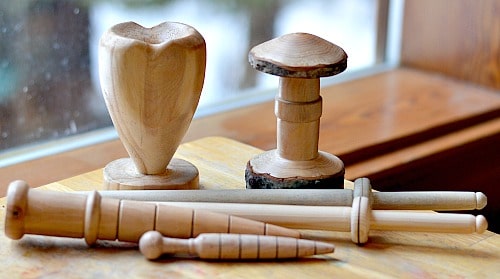
So what you have is a selection of garden related products with several different price levels. Now garden products probably could sell all year long. Most likely you will sell more in the spring and summer than in the fall or winter. However as gifts at a Christmas craft fair you just never know what will catch people’s eye.
I would encourage you to have consistent pricing. What I mean by this is a garden dibbler at your studio should be the same price when it is on consignment sales at the local gift shop or being resold by a retailer who bought from you at wholesale. (I know you can’t control what people sell your product for on the resale market but you want the product to be at about the same level.)
Wholesale pricing is generally half of whatever you would have sold it for at retail. You have the freedom to only sell a select portion of your products at wholesale. If you are using your honey dippers as a low priced product to attract people to you booth you may not want to sell a honey dipper at half the price to a wholesaler. The issue of craft work and mass production is a challenge.
Marketing
Selling your product to the customer is your challenge at a Farmers’ market, a trade show, or a craft fair. Having similar or related products makes it easier for your customer and easier for you as well. If you are selling 7 different garden related turnings at a farmer’s market you can sell both a garden dibbler and row markers. If you have only one garden item then the sales may be harder to come by.
Grouping your products gives you better options when talking to your customers. A spurtle could attract a customer to your booth but your bowls or honey dippers could be what they need in their kitchen. Produce groups of related products if possible. For the spring farmers’ market the gardening tools would be very suitable. As the growing season progresses your sales of garden items might decline but you could move into kitchen utensils that would tie in to what was being produced in the garden. For example a turned lid lifter would be suited to canning season rather than a garden dibbler. As you move into the fall then the Christmas turnings can come out.
You can still have your garden turnings for sale, they make great Christmas presents. But by then you should also have a selection of turnings for the kitchen and Christmas ornaments as well. Your challenge after this point is to keep your table or booth full of your turnings.
Inventory Production & Storage
The production of your inventory is the result of you spending hours at the lathe. To keep your turning interesting vary the difficulty of your turning as you move from project to project. Keep these ideas in mind and you will save yourself headaches in the future. If possible try to do a production run of products rather than just one product at a time.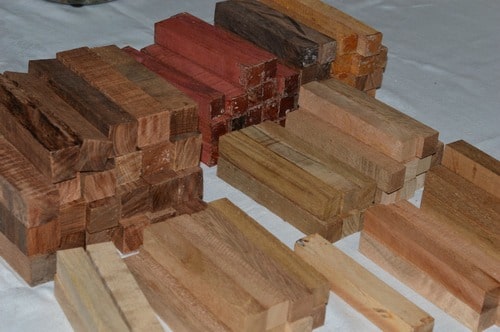
Inventory Labels and Tagging
One of my biggest headaches is forgetting what type of wood I used. So label your blanks and your finished products. An office supply store is where you can get little tags with strings attached. Perfect for recording when the item was turned and what it was turned out of.
Inventory Storage
To track inventory I would use boxes or small totes for each product category. So all the gardening inventory would go in one box. The high end products, like the bird feeders, could be stored separately in their own container. If you need to protect the finish of your product buy a large package of tissue paper that is used to wrap products individually when purchased.
Inventory Records
The level of detail depends on you and how large your turning business is. Tax authorities want you to keep records so that your income is calculated appropriately. The value of inventory has an impact on your net income. The easiest way to do this is to record an increase in your inventory every time you have new product. Record decreases in inventory when you sell your product. Reviewing your inventory records will show you when you are running low on specific products or groups of products.
I would also include the cost of direct materials on your inventory records. If you pay $ 3.00 for a pen blank that needs to be tracked for your supply inventory. It also affects the price you should charge for the finished product.
Lots to consider about your inventory. As you grow your hobby into a business you will find that better records will help you make better decisions.
So what is your favorite product to turn? What challenges do you face in regards to inventory? I would be glad to hear from you.
Every week I try to write a business / informative post. Sign up for my newsletter to have automatic notification of new posts once a week.

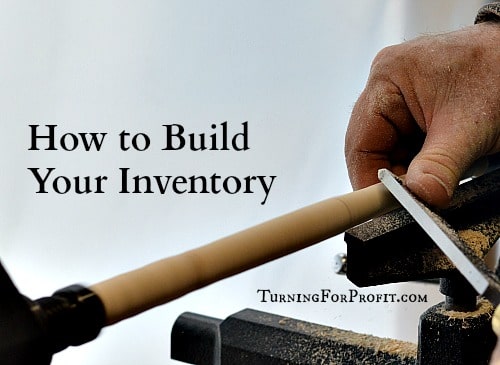

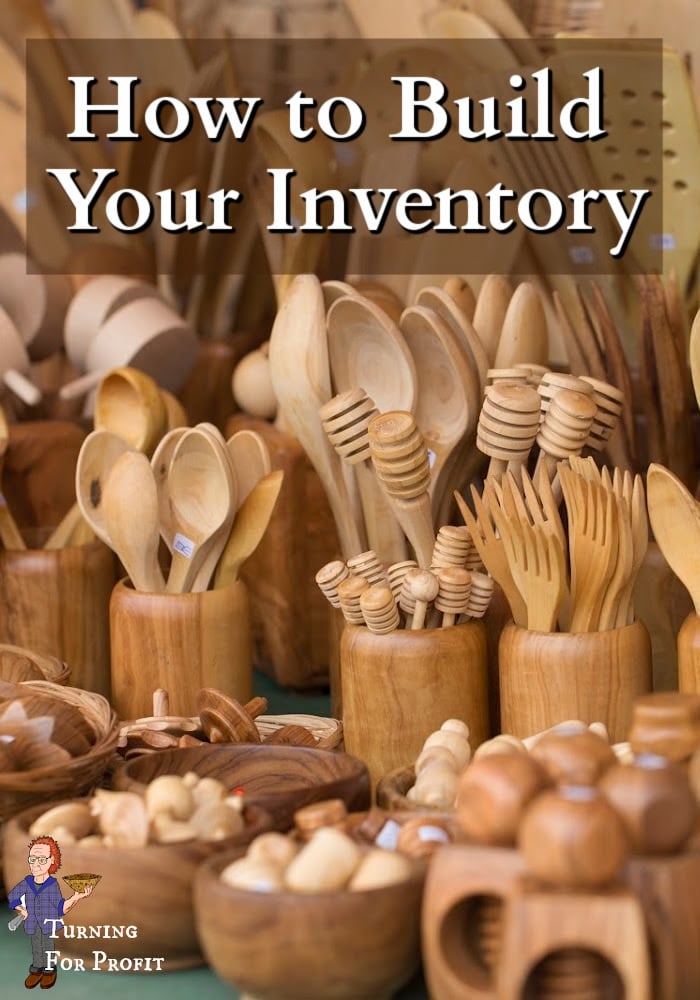
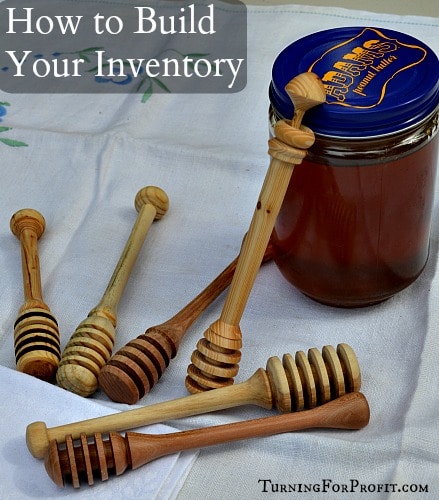
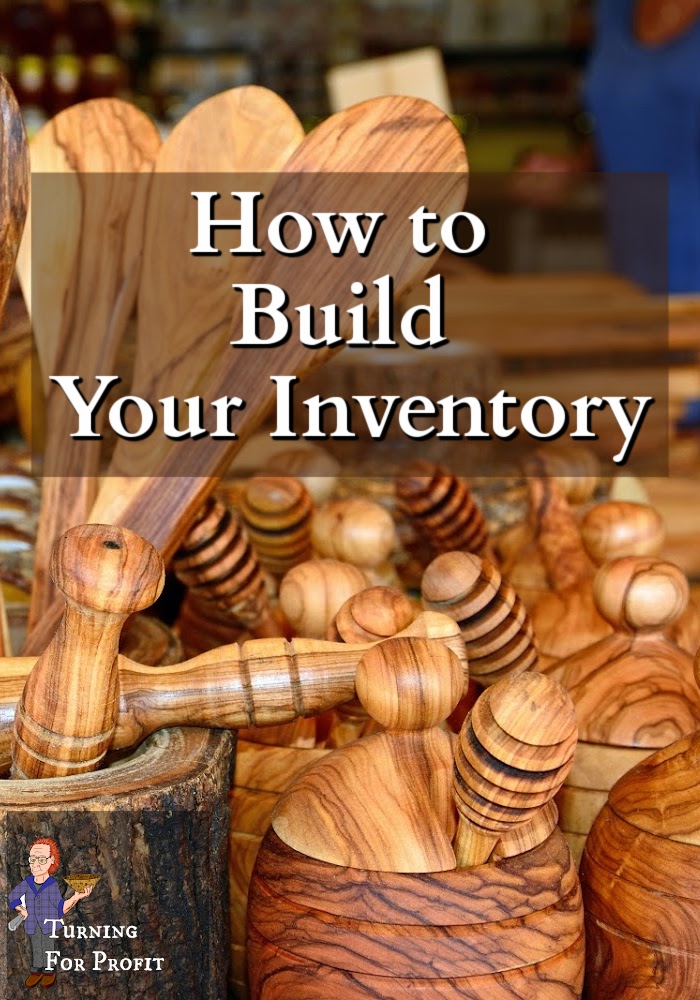

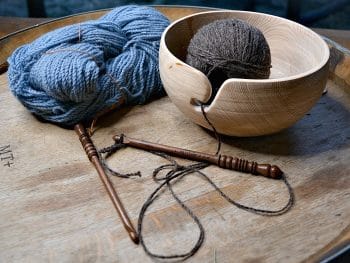
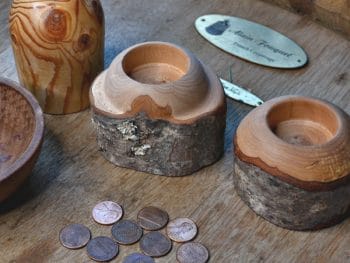
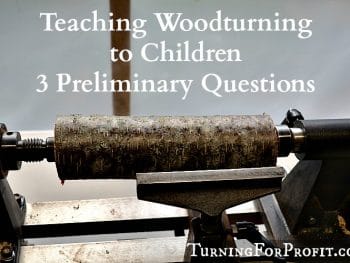

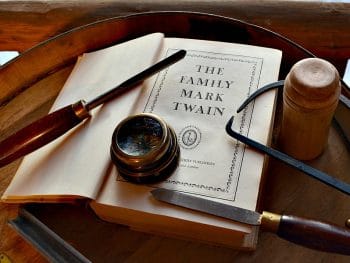
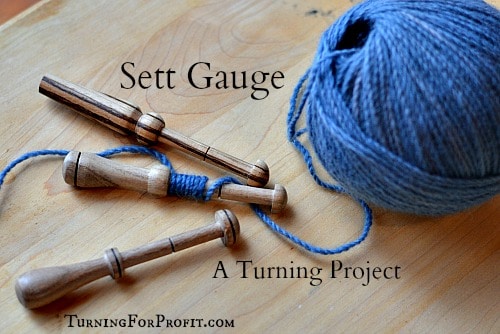
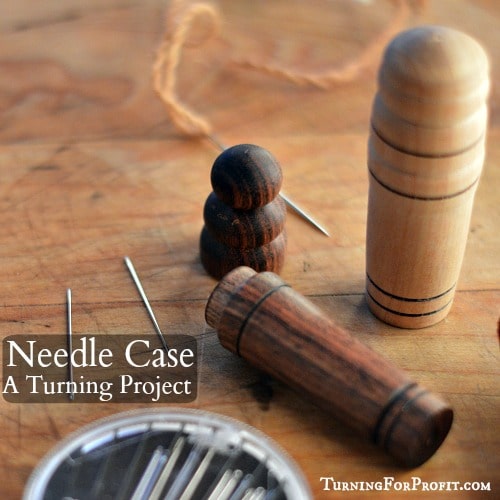


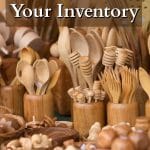
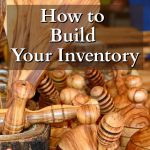
Robin,
I’ve been reading your posts regularly and enjoy them very much! I would like to take the learning curve up a notch and get to know you better. I’m not sure how you feel about establishing a more private back and forth exchange. I will wait for you to repsond before further discussion and information about my woodturning activites, etc. In any event I wish you continued good health, furher blessings and great success in your endeavors. FAK